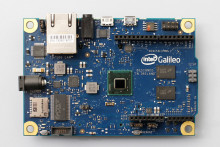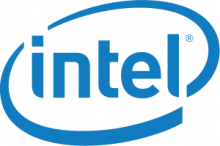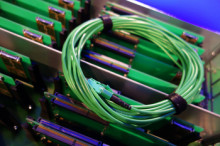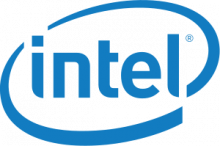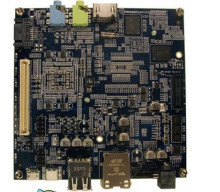Intel’s open source computer hits the shops
Intel’s Galileo open-source computer for the hacker and do-it-yourself crowd can now be ordered for $69.90, and is scheduled to ship at the end of November.
The Galileo computer is an unenclosed circuit board that’s a little larger than a credit card, and uses Intel’s extremely low-power Quark processor. The board is a competitor to the popular $25 Raspberry Pi open-source PC, and is targeted at the community of makers and enthusiasts who make computing devices ranging from robots and health monitors to home media centers and PCs.














































